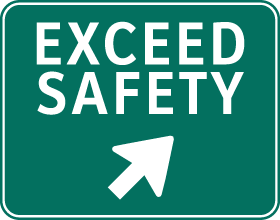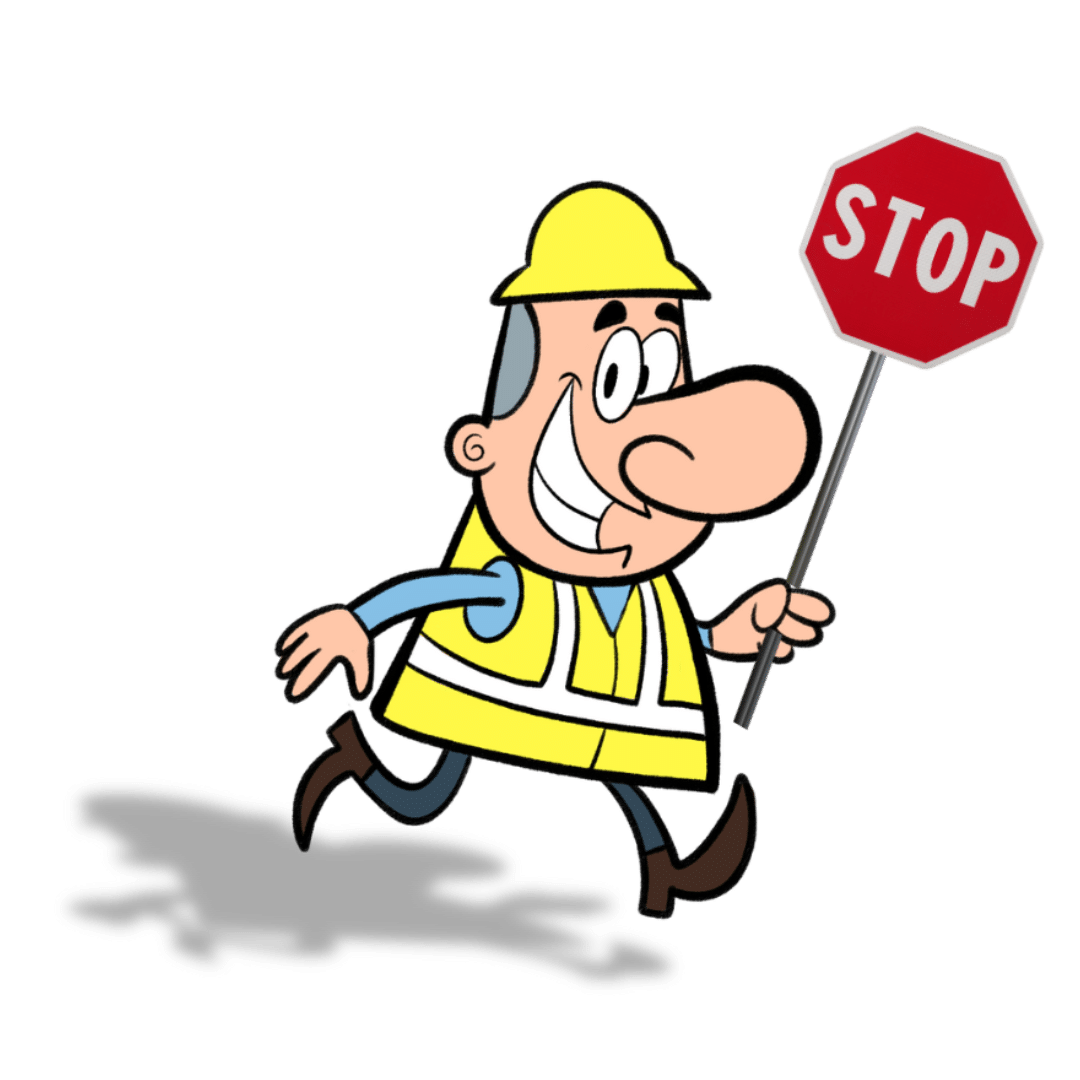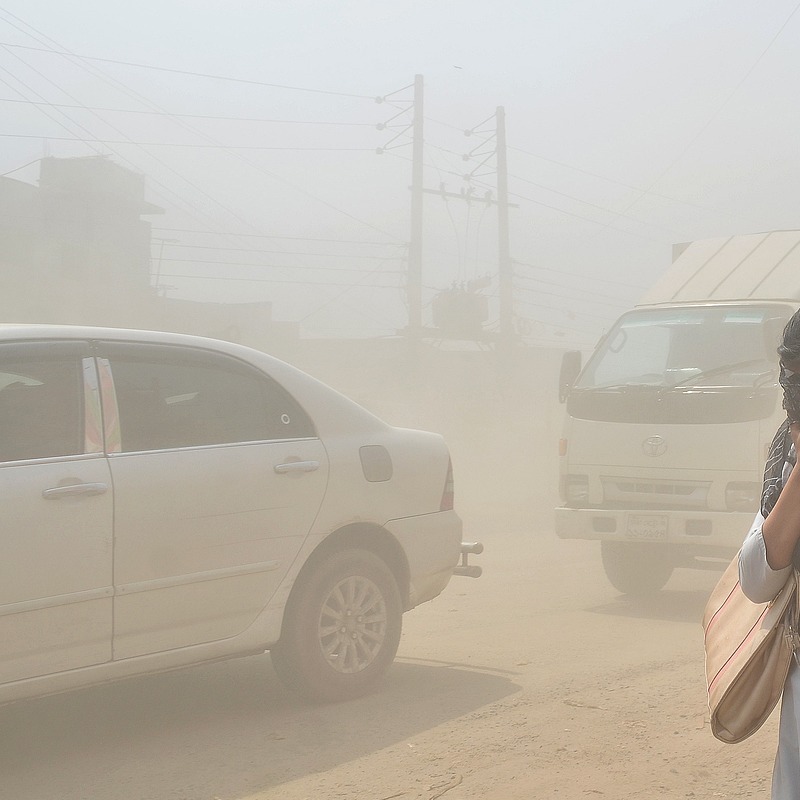Overview & Objectives
The Air Contaminants Awareness for General Industry training from Exceed Safety is an introductory-level safety course that teaches OSHA’s standards regarding air contaminants as established within Subpart Z 29 CFR 1910.1000 for General Industry. Participants can expect the course to focus on identification, exposure controls, and use of tables found in Subpart Z. Additionally, the course provides a general overview of chemicals that may be absorbed through the skin.
Exceed Safety’s Air Contaminants Awareness for General Industry course discusses OSHA’s standards surrounding air contaminants in the workplace. Additionally, participants will learn about engineering, administrative, work practice, and personal protective equipment (PPE) control measures. Specific course topics include the following:
- Air contaminants
- Limits for air contaminants
- Mineral dusts
- Computation formulas
- Airborne contaminant controls
- General safety requirements
Specific industry terms covered throughout the course include the following:
Who Is This Course For?
The Air Contaminants Awareness for General Industry course is ideal for any worker or manager within the general industry sector who may come into contact with hazardous chemicals. Individuals who may specifically benefit from this course include the following:
- General industry workers
- General industry managers
- General industry supervisors
If you have any concerns as to whether this course is appropriate for you or your industry, please browse our full selection of Online Courses and Safety Packs, call 800-971-1080, or Contact Us online.
Features & Benefits
Exceed Safety’s Air Contaminants Awareness for General Industry training covers essential standards set by OSHA regarding air quality requirements and airborne contaminant controls. Upon successful completion of this course, participants can expect to:
- Understand OSHA’s requirements for safe and effective worksites and practices
- Know the background of industrial experience, new technology, and scientific data to promote safety against airborne contaminants
- Know the limits for air contaminants
- Understand the computation formula
- Know where to review and gain more understanding regarding airborne contaminant controls


